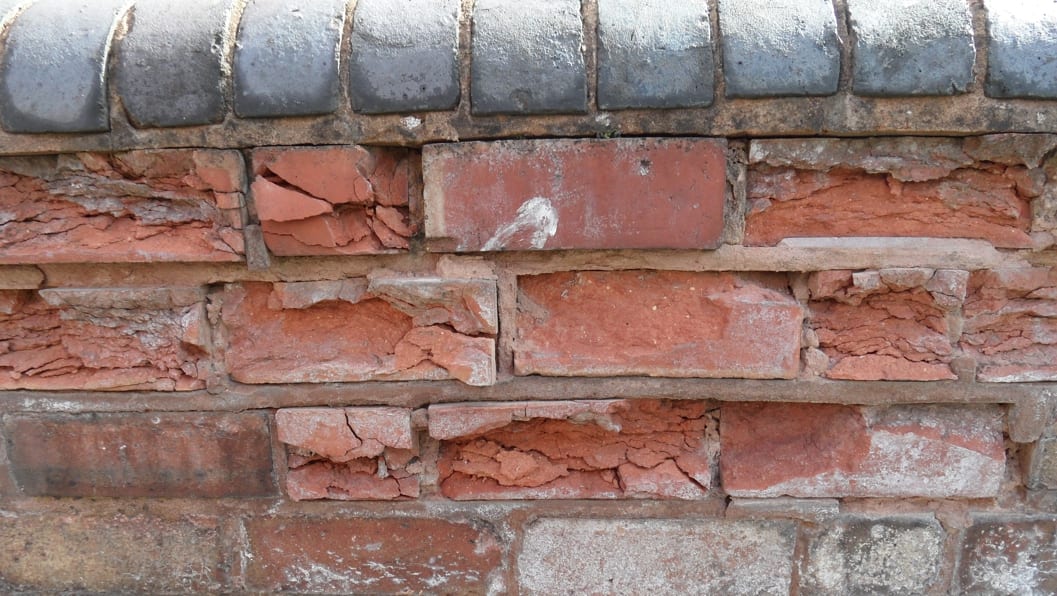
Brick restoration. Not something we at SylCreate had tried much of before, but when a customer came along wondering whether our modelling putties could help repair damaged brickwork, we decided to give it a go.
It was a good thing we did as it showed us a whole new side to Magic Sculp. We already knew that it is great for model making and sculpting, and now we can add brick restoration to its list of applications. You really do learn something new every day.
The beauty of this restoration was in its simplicity. The customer was looking to repair several bricks which had been damaged through lime blow. They wanted to fill in the cracks, holes and missing chunks using a putty which would blend in seamlessly.
Lime blow occurs when clay bricks contain small amounts of lime. When the clay is fired, the lime is converted to calcium oxide – also known as quicklime or burnt line. When calcium oxide mixes with water, it begins to slake in a highly vigorous process.
So vigorous in fact that quicklime has been used as a weapon throughout the centuries. In 80 BC, the Roman general Setorius used choking clouds of caustic lime powder to defeat the Characitani of Hispania, who had barricaded themselves into inaccessible caves as a last act of defence.
258 years later in 178 AD, an armed revolt by peasants in China was supressed when chariots equipped with bellows rode into the crowd and blew lime powder at the rebels.
It was commonly used in medieval naval battles with ships throwing it at each other. This was so effective that in the 13th century, Henry III’s English navy is said to have destroyed an invading French fleet by blinding their enemy with quicklime.

Quicklime is even thought to have been one of the components of Greek fire, the legendary weapon used by the Byzantine Empire which ignited on contact with water and struck fear into the hearts of European crusaders and other wannabe conquerors.
Whilst lime powder is good for securing the safety and prosperity of empires and sinking French ships, it is not something which you want to have in a wall. When a clay brick containing calcium oxide becomes wet, it can cause an eruption to the face of brick.
In a country like Britain where it rains rather a lot, that is a bit of a problem. Thankfully, chunks exploding out of bricks does not cause structural integrity issues. Some people even like the weathered look.
Not our customer though. They were working on a site in the south of England, which had been severely affected by lime blow. Our challenge was to help formulate a way to restore the bricks so that nobody could tell that they had been damaged by the same compound used to quell revolts in Imperial China.
Magic Sculp is finer than most other modelling putties. It has a soft consistency and does not shrink or crack when formed in large structures. Those properties made it ideal for filling the holes in the brickwork caused by lime blow.
Regular users of Magic Sculp will know that it cures grey. To colour match the putty to the brick, our customer came up with the inspired idea of wetting the putty once it had been applied to the wall and pushing dust taken from the brick into the putty.
To give the putty the same texture as the existing brickwork, they pierced the putty with a wire brush. The result is incredible – see if you can spot the area which has been repaired on the photo below…
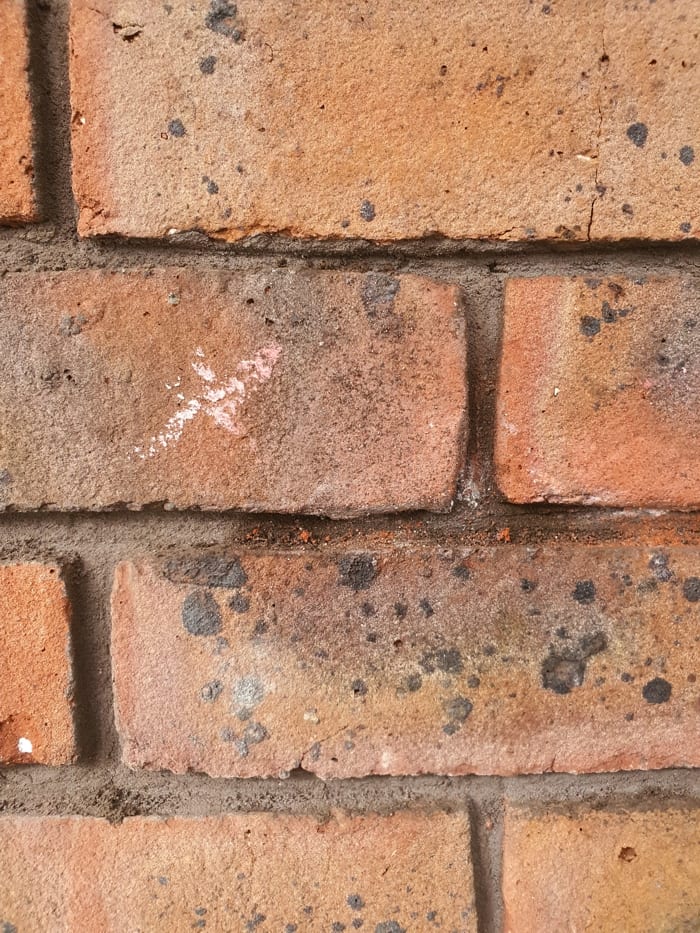
Difficult, isn’t it? You can find out if you were right when we reveal the before photo at the end of the article. Needless to say, both the customer and the team here at SylCreate were delighted with the outcome.
We wrote a while back about the benefits of combining Green Stuff and Magic Sculp together to create a hybrid putty with unique properties. What this project has shown is that you can do much more when it comes to mixing Magic Sculp then simply kneading it with other putties.
If you have a restoration or model making task in which a very specific colour is required, then mixing existing material particles of that colour – such as brick dust – into Magic Sculp can help customise the putty to a degree we did not appreciate was possible before.
This adapted version of Magic Sculp is not the only putty which can be used in brick restoration. We also supplied the customer with their own customised version of Geomfix Coloured. Because we make Geomfix onsite here at SylCreate, we can match it to practically any colour imaginable.
Originally, these colours were based on Swarovski crystals as the purpose of Geomfix Coloured was custom jewellery manufacture. Now though we are seeing the benefits of being able to offer brick coloured epoxies for restoration and repair projects.
Brick coloured epoxies, Magic Sculp with brick dust. Who knew modelling putty could be used to repair 21st century brickwork damaged by the same chemical reaction that was the secret behind Greek Fire 1,500 years ago?
As promised earlier, here is a photo of the brick before restoration. Did you manage to spot the repaired area?
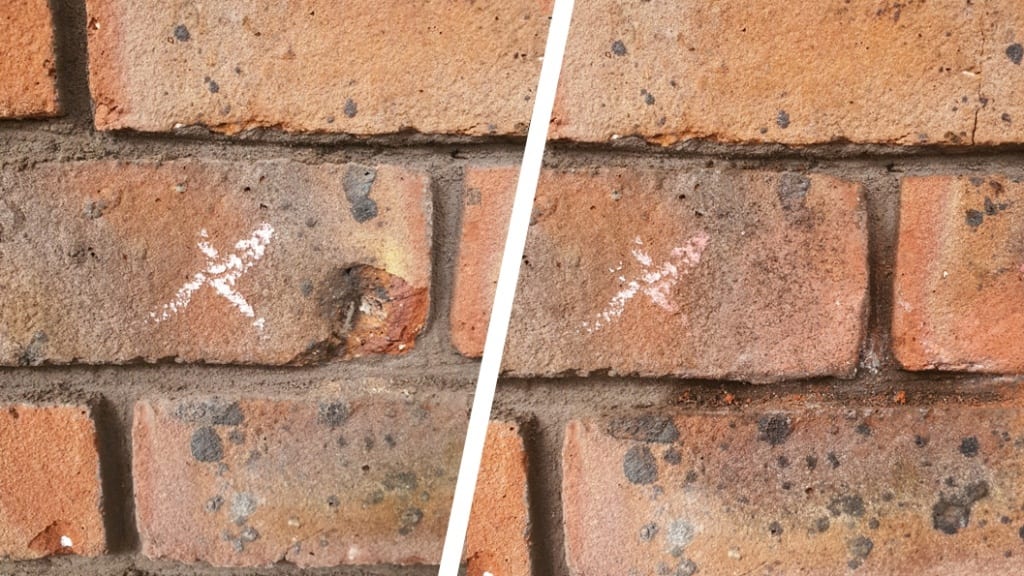
-
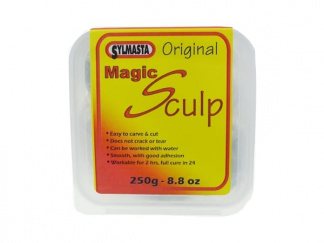 Magic Sculp£16.52 – £1,743.79 inc. VAT
Magic Sculp£16.52 – £1,743.79 inc. VAT -
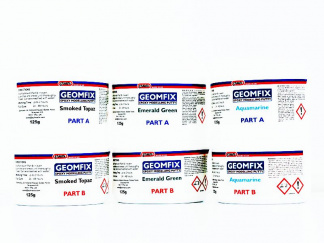 Geomfix Coloured Epoxy Modelling Putty£60.17 inc. VAT
Geomfix Coloured Epoxy Modelling Putty£60.17 inc. VAT

This is amazing. Never knew this before. Thanks for sharing.